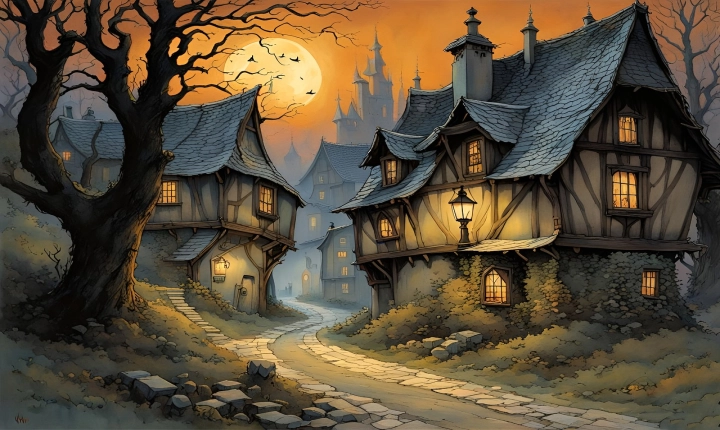The Continued Evolution of AI-Generated Art: From Pixels to Masterpieces
In recent years, the world has witnessed a dramatic evolution in the capabilities of artificial intelligence (AI) to generate stunning and thought-provoking images. What began as simple pixelated renderings has transformed into a sophisticated set of tools that can produce images that rival those created by human artists. This technological advancement has not only fascinated the art world but has also raised profound questions about the nature of creativity, authorship, and the future of art.
The development of AI-generated images can be traced back to the early 2000s, when the first attempts at generating pictures using rudimentary algorithms were made. These early images were often simple patterns or distorted shapes, more a demonstration of the potential of the technology than a serious artistic endeavor. However, as machine learning and neural network techniques advanced, so too did the quality and complexity of the images produced.
One of the most groundbreaking developments in AI-generated art occurred with the advent of generative adversarial networks (GANs). GANs consist of two neural networks – a generator and a discriminator – which work in tandem to produce increasingly realistic images. The generator creates images from random noise, while the discriminator evaluates them for authenticity. Through repeated iterations, GANs are able to produce images that are indistinguishable from those created by human artists.
The potential applications of AI-generated images are vast and varied. From creating concept art for movies and video games to assisting in architectural design and urban planning, the versatility of AI-generated images has already begun to make an impact across a diverse range of industries. Additionally, the ability of AI to produce images based on specific input, such as style or theme, opens up new possibilities for personalized and customizable artwork.
Despite the impressive technical achievements and practical applications, the rise of AI-generated art has also sparked important conversations about the nature of creativity and authorship. Can a machine truly be considered an artist? Should AI-generated images be viewed and valued in the same way as those created by human hands? These questions challenge traditional notions of art and the role of the artist, and may lead to a redefinition of what it means to create and appreciate art in the 21st century.
As AI continues to advance and refine its capabilities, the future of AI-generated art looks increasingly promising. The continued collaboration between artists, developers, and researchers will undoubtedly lead to even more innovative and breathtaking creations. Whether it’s generating photorealistic landscapes, abstract compositions, or entirely new art forms altogether, AI-generated images are poised to leave an indelible mark on the artistic landscape.
In conclusion, the evolution of AI-generated art has opened up a new frontier of possibility and creativity, challenging our perceptions of art and technology. While the ethical and philosophical implications of this technology are complex and multifaceted, one thing is certain: AI-generated images have the potential to inspire, provoke, and captivate audiences around the world. As we continue to explore the boundaries of this emerging field, it is clear that the future of AI-generated art is one filled with boundless creativity and endless potential.
